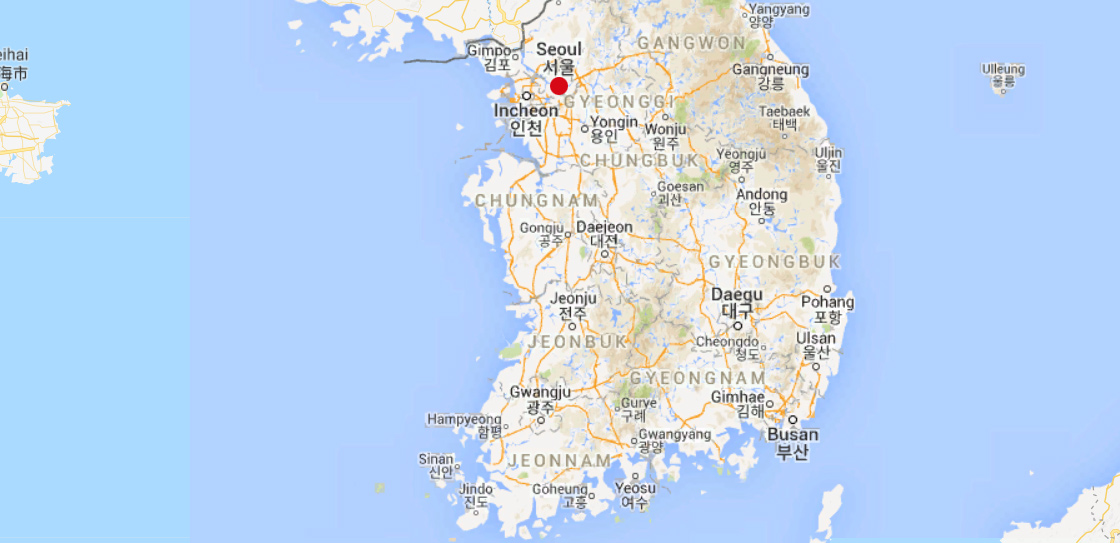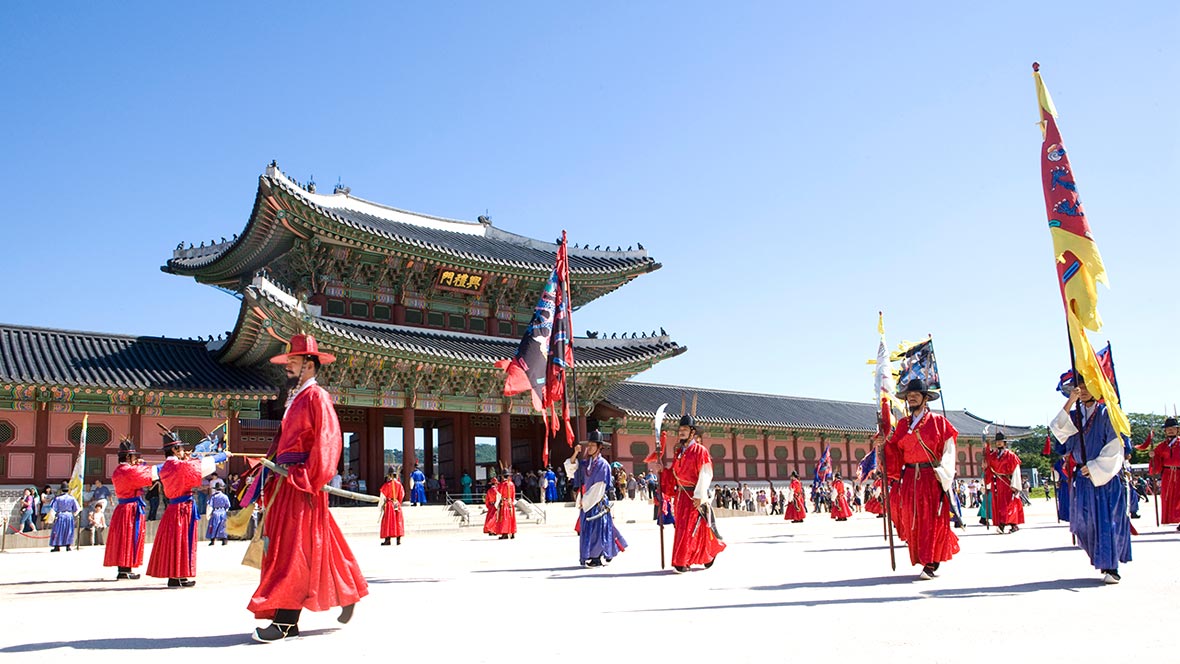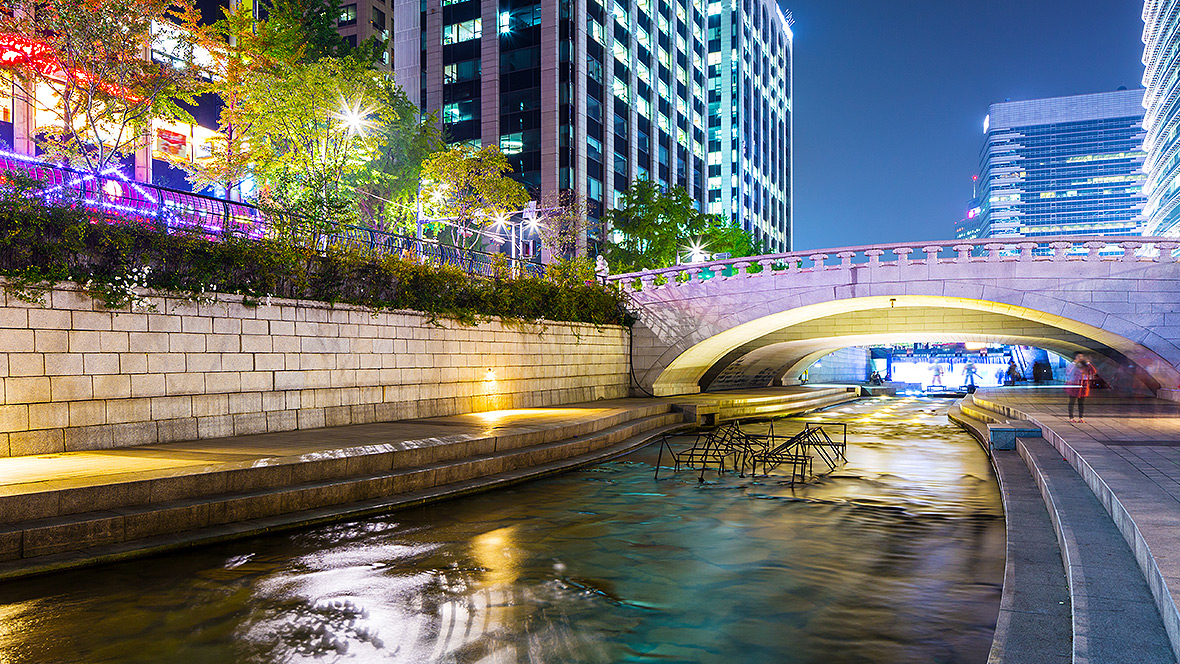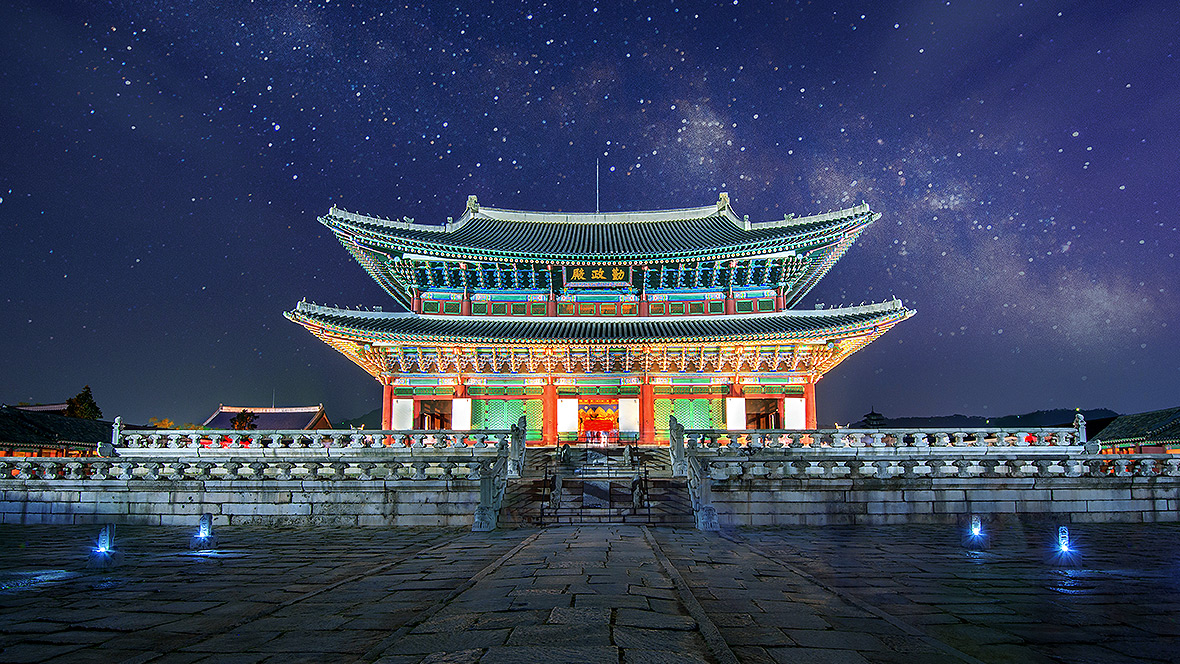Destination Information
Take off on an exciting trip with Asiana Airlines!
Seoul is located in the center of the peninsula, and is divided into the north and south with the Han River in the middle. Seoul became the capital of Korea in 1394, and has been t... Learn more
-
Electrical Outlet 220V
-
Currency ₩(KRW)
Information on the most vivid destinations and restaurants from fellow travelers on Tripadvisor!
All
View only destinations
View only restaurants
Select Travel Destination
Destination
- Guangzhou CAN
- Nagoya NGO
- Nanjing NKG
- Dalian DLC
- Tokyo TYO
- Miyazaki KMI
- Beijing PEK
- Sapporo (Chitose) CTS
- Shanghai SHA
- Shenyang SHE
- Sendai SDJ
- Xian XIY
- Yanji YNJ
- Yantai YNT
- Osaka OSA
- Okinawa OKA
- Weihai WEH
- Changchun CGQ
- Chengdu TFU
- Qingdao TAO
- Taipei TPE
- Tianjin TSN
- Harbin HRB
- Hangzhou HGH
- Hong Kong HKG
- Fukuoka FUK
Destination
Destination
Destination
City Description
Seoul, the capital of South Korea and the center of Asia

Seoul is located in the center of the peninsula, and is divided into the north and south with the Han River in the middle.
Seoul became the capital of Korea in 1394, and has been the center of politics, economy, industry, society, culture, and transportation. International events are often held in Seoul, including the 1988 Seoul Olympic Games and the 2002 Korea-Japan World Cup, and it is unquestionably an international city.
In 1994, 600 years after Seoul became the capital, October 28th was designated as Seoul Citizens Day and various events take place every year. The forsythia, ginkgo tree, and magpie are the flower, tree, and bird that represent the city.
Seoul has a temperate climate with four distinct seasons. There is little rain in the spring and fall and temperatures are mild, pleasant for traveling. In the summer (June to mid-September), the weather is hot and humid due to the effects of the monsoon (monthly average temperature, 20°C–27°C). Winters (December to February) are cold compared to other cities at the same latitude (monthly average temperature, –5°C–0°C). Thus, clothes appropriate for each season is a must. Prepare a light jacket for the spring and summer, when the daily temperature range can vary greatly, and winter clothes for the winter. It’s also good to prepare for the strong sunlight and high humidity during the summer.
Travel Tip
About 72% of the amount of rainfall falls between June and September, the summer and early autumn months. In July, 20% of total rainfall occurs.
Suggested Itinerary
* You can download the suggested itinerary in PDF.
Day 1
Gyeongbokgung Palace, built during the Joseon dynasty in 1395, was the royal palace of the Joseon dynasty and boasts the greatest scale and architecture of the five palaces.
It was rebuilt in 1865 after it burned down during the 1592 Japanese invasion, but many royal palaces were damaged while government general buildings were constructed during the Japanese colonial period. Recently, its old dignity is being restored, including by demolishing the Japanese government general building in the 1990s.
Insadong, the street that best represents Korea’s traditions, is a living cultural property with galleries, antique shops, pottery shops, and traditional restaurants.
The National Museum of Korea, where the essence of Korean history and culture lives, houses six permanent exhibition halls. It is a world-class museum equipped with various information facilities such as video rooms and video/audio guides.
The largest shopping street in Korea. Designated as a special tourist zone, information is offered in foreign languages. There are many shopping locations, restaurants, and entertainment locations. Myeongdong Kalgooksoo, hand cut noodle dish (Myeongdong Gyoza) is particularly famous. There is always a line of people waiting to eat there.
A stream in the northern part of the Han River that passes through the center of Seoul. A highway was constructed after the Korean War. In the early 2000s, it was restored to its present beauty. It is a relaxing area for citizens, and in the evening, it is a space where you can enjoy a walk with beautiful lighting.
Day 2
In celebration of the 2002 World Cup, the park was established where Nanjido, which was once a landfill, used to be after it was shutdown. The park is made up of five parks, which are nature-friendly and frequented by many citizens of Seoul. You can also enjoy camping along with a view overlooking Seoul city.
With about 300,000 artifacts, it is the largest museum in Asia and the 10th largest in the world. Many national treasures and valuables are on display. The museum plays a big role in fostering understanding of Korean history.
Namsan (262 m) is the majestic mountain of Seoul citizens, embracing the center of Seoul. Namsan is a garden in the city center where you can relax and enjoy sightseeing. There is the Seoul Tower Observation point with a view of Seoul city at a glance, as well as the palace complex, playground, botanical garden, and cable cars.
It is a place where you can meet people of various nationalities and races. A place of diverse culture and a free environment, you can experience many different cultures here.
Day 3
It is the only all-weather complex cultural space in Korea where you can enjoy adventure, mystery, sightseeing, sports, and culture in indoor and outdoor spaces. Lotte World Adventure is an indoor amusement park and Magic Island is a lake park. It is a theme park where the young and old can enjoy various attractions.
A large-scale business town with a shopping mall where you can find famous products, an tunnel aquarium, restaurants where you can enjoy various cuisines including Korea, fast food, family restaurants, etc., a complex cinema equipped with the state-of-the-art stereoscopic sound facility in Korea and the first 3D stereoscopic image simulator in Korea, and a kimchi museum.
Sightseeing on a cruise on the Han River in the evening with the glow of the sunset gives you a different feel from when you are viewing it on land.
Day 4
Located between Gyeongbokgung Palace, Changdeokgung Palace and Jongmyo Palace, traditional Korean houses and alleys are preserved here. There is restaurant where you can enjoy traditional Korean food along with the traditional culture experience hall.
It is the largest single market in East Asia created in 1970, and it is available 24 hours a day for many people to visit. The night market is especially active, and there are modern shopping malls along with traditional markets and delicious restaurants.
The streets of Hongdae, an area full of youth and romance, art and underground culture, and individuality, is more free and tranquil with its exotic cafes, small shops, fashion shops, live cafes, and clubs. It is always crowded with people attributable to the various cultural events, street performances, and festivals that take place every day.
여행지 영상
유명 관광지의 아름다운 풍경부터 구석구석 작은 골목길까지 아시아나항공과 함께 여행지의 다양한 모습을 영상으로 만나보세요(360˚ VR영상은 크롬 브라우저에서 시청 가능합니다.)









